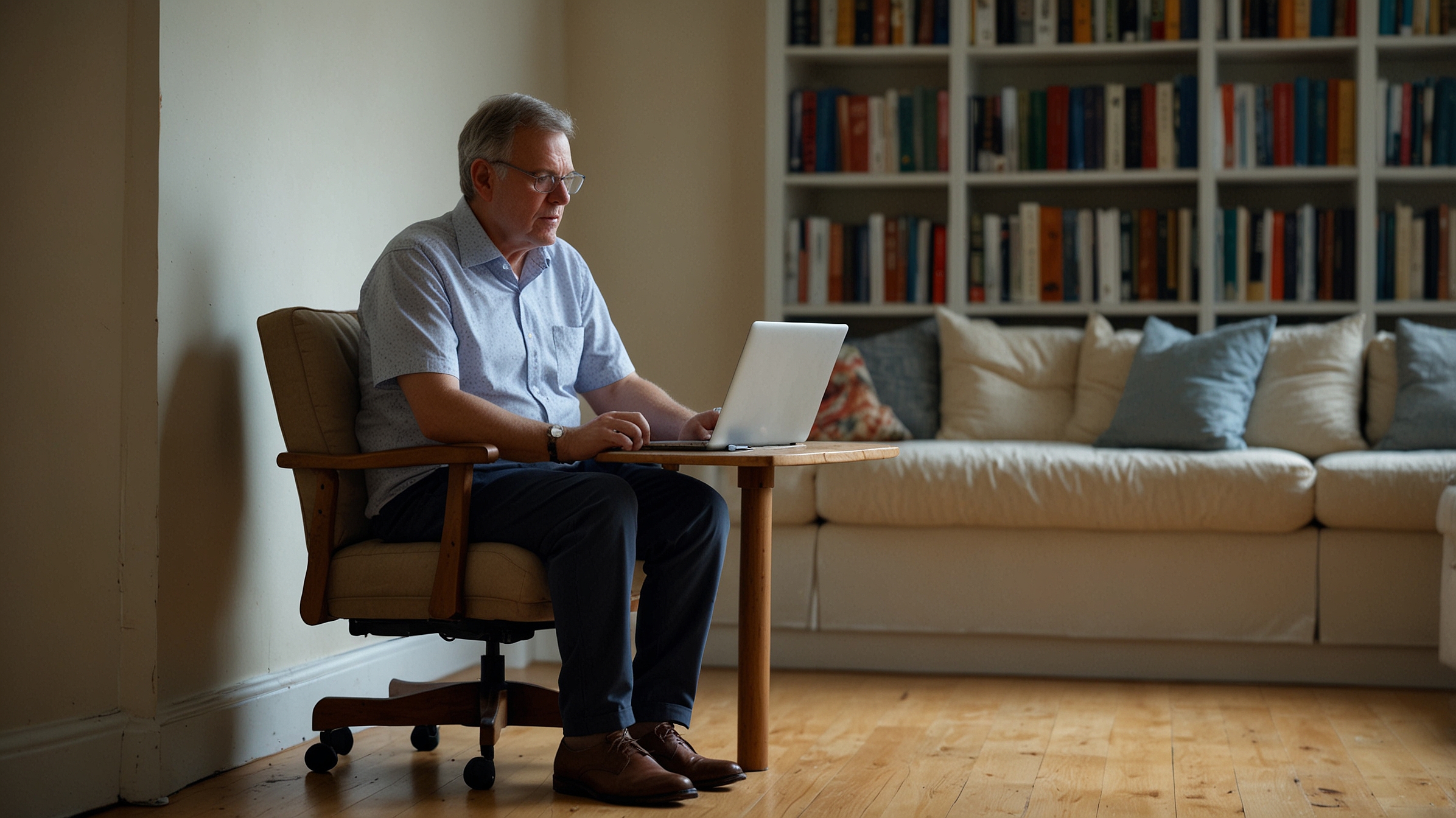Discover how chronic inactivity affects your body and mind, and simple ways to stay active without a gym.
In a world increasingly designed for comfort and convenience, it’s surprisingly easy to go through the day with minimal movement. Between sitting at desks, lounging on the couch, and using apps to have everything delivered, we’re moving less than ever before. But what feels like harmless rest can quietly lead to long-term health risks.
According to the World Health Organization, physical inactivity is now one of the leading risk factors for global mortality, contributing to an estimated 3.2 million deaths annually. It’s not just about weight gain—chronic inactivity affects nearly every system in the body.
Let’s explore what happens when you don’t move enough, and more importantly, how to break the cycle with small changes that fit into your routine.
The Hidden Costs of a Sedentary Lifestyle
Spending too much time sitting doesn’t just make you feel sluggish—it can set off a domino effect of health issues. Here’s what prolonged inactivity can do to your body over time:
1. Cardiovascular Health Decline
Your heart is a muscle, and like any muscle, it weakens when not used. Inactivity leads to poorer circulation, higher blood pressure, and a greater risk of heart disease and stroke. Sedentary behavior also reduces HDL (the “good”) cholesterol and increases LDL (the “bad”) cholesterol.
2. Muscle Loss and Poor Posture
Sitting for long hours leads to muscle disuse—especially in your core, glutes, and legs. Over time, this can result in muscle atrophy, imbalances, and chronic back or neck pain. Weak muscles also increase the risk of falls and injuries as we age.
3. Weight Gain and Metabolic Sluggishness
When you’re inactive, your body burns fewer calories. Combine this with easy access to high-calorie foods and it’s no surprise that prolonged sitting contributes to obesity and insulin resistance, raising the risk for type 2 diabetes.
4. Mental Health Impacts
Research shows a strong connection between inactivity and anxiety, depression, and low mood. Physical activity releases endorphins and helps regulate stress hormones like cortisol—so sitting still too often can quite literally dampen your spirit.
5. Increased Risk of Chronic Disease
A sedentary lifestyle is associated with an increased risk of some cancers (colon, breast, endometrial) and osteoporosis, due to poor circulation, hormone disruption, and reduced bone density over time.
You Don’t Need a Gym—You Just Need to Move
The good news? You don’t need to train for a marathon or spend hours at the gym to protect your health. According to the CDC, just 150 minutes of moderate activity per week (that’s about 22 minutes a day) can significantly reduce the risk of chronic diseases and boost mental well-being.
Here are simple, realistic ways to add more movement to your everyday life—even if your schedule is packed.
1. Walk Whenever You Can
Walking is underrated. Just 10-minute walks after meals can help regulate blood sugar and aid digestion. Park farther from the store, take the stairs instead of the elevator, or walk during phone calls. Every step adds up.
2. Stand and Stretch Every 30 Minutes
Set a reminder to get up at least once every half hour. Standing, stretching, or doing light body movements like shoulder rolls or leg swings can improve circulation and reduce stiffness.
3. Desk Exercises
Even at your desk, you can sneak in movement. Try seated leg lifts, chair squats, or desk push-ups. Invest in a standing desk or a balance ball chair to engage your muscles throughout the day.
4. Turn Chores Into Movement
Vacuuming, gardening, carrying groceries, and scrubbing floors all count as physical activity. Approach them with energy, and you’ll be multitasking your way to better health.
5. Use Technology as a Motivator
Fitness trackers, smartwatches, or apps like Apple Health, Google Fit, or Strava can gamify your movement goals. Setting daily step counts or movement reminders makes staying active feel more achievable.
6. Build Movement into Your Social Life
Instead of coffee dates or movie nights, suggest walk-and-talk catch-ups, hiking, dancing, or even light stretching sessions with friends or family.
7. Start (and End) with Movement
Start your morning with 5–10 minutes of stretching, yoga, or light cardio, and unwind in the evening with a walk or gentle movement instead of going straight from work to couch to bed.
A Word for the Office Worker
If you work at a desk all day, you’re not alone—but you do need a plan. Try these:
- Take walking meetings.
- Use your lunch break to get outside and move.
- Keep resistance bands or a yoga mat near your desk for quick bursts of movement.
Small adjustments to your work routine can lead to massive long-term benefits.
The Long Game: Consistency Over Intensity
You don’t have to overhaul your entire life or join a fitness cult. What matters most is consistency. Light, regular movement is far more beneficial than occasional bursts of intense exercise.
Even standing for two more hours a day or adding 1,000 extra steps to your daily total can improve insulin sensitivity, posture, and cardiovascular health. It’s not about hitting the gym—it’s about making movement a normal part of your life.
In Summary
Inactivity is one of the most silent threats to your long-term health. It weakens your heart, slows your metabolism, affects your mood, and increases your risk of chronic illness. But it’s also incredibly easy to fix.
With a bit of awareness and creativity, you can find dozens of opportunities to move more—without disrupting your daily routine.
The key is to start small, stay consistent, and remember: every movement matters.





